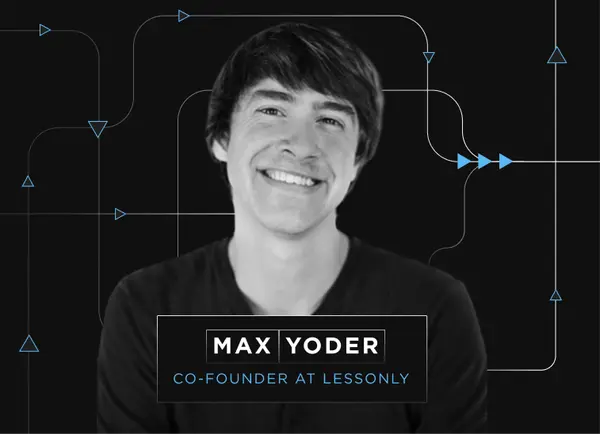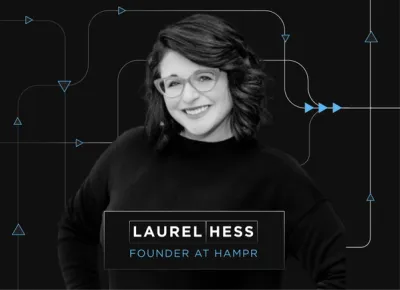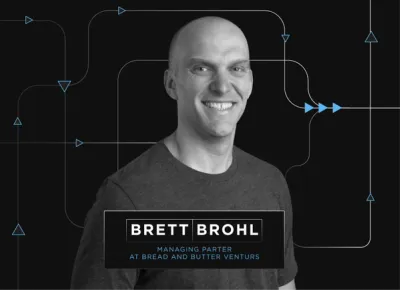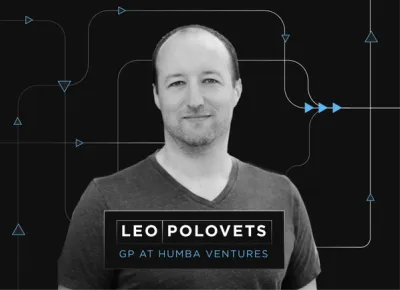
Are you building your first pitch deck? The Guy Kawasaki pitch deck is a great place to start. It is not easy getting started on a pitch deck for you startup.A great pitch deck is concise, but thorough, informative, but not boring, simply designed, but with personality. Although you have a wealth of knowledge on your startup and market it is often intimidating trying to get everything you want to say in just a few slides. Enter: the Guy Kawasaki Pitch Deck Template.
Who is Guy Kawasaki?
Guy Kawasaki is a marketing specialist. He worked for Apple in the 1980s and is responsible for marketing the original Macintosh computer line in 1984. Guy is infamous for coining the term evangelist in marketing. He might be most famous for his simple pitch deck template and the 10/20/20 rule of Powerpoint and pitch decks.
What is the 10/20/30 Rule of PowerPoint?
What is the 10/20/30 rule of PowerPoint. The 10/20/30 rule is a presentation rule coined by Guy Kawasaki. As he wrote, “It’s quite simple: a PowerPoint presentation should have ten slides, last no more than twenty minutes, and contain no font smaller than thirty points.” The 10/20/30 rule is a great place to start when you are evaluating what should be in your pitch.
By only allowing for 10 slides you’re required to have a hyper-focus on what truly matters to your business. Of course, every business is different. Some may require more than 10 slides and some may even require less. However, start with the 10/20/30 rule and see what you need to add or subtract from there. Before even getting too deep in the weeds by laying out your 10 slides you’ll have a skeleton of what your presentation will look like.
The Guy Kawasaki Pitch Deck
To go along with the 10/20/30 Rule, Guy also has a pitch deck template that he uses for lay out the 10 slides for a pitch. It looks something like this (originally from our pitch deck guide):
Pitch Deck Slide 1
The first pitch deck slide of your business pitch is straightforward. A simple slide that shares your company name and contact info. Use this slide to set the stage for your pitch deck design.
Pitch Deck Slide 2
The second pitch deck slide consist of what problem you are solving. This can take form in what the opportunity is or what the pain your potential customers are feeling.
Pitch Deck Slide 3
The third pitch deck slide should explain the value proposition that you are offering. This explains the direct value that your customers receive when choosing your product or solution. This is where your business pitch template will come in handy as your describe your value.
Pitch Deck Slide 4
The fourth pitch deck slide explains what differentiates your solution than others in the market. Guy Kawasaki suggests using a visual pitch deck design here by using images, charts, and diagrams of your “secret sauce.”
Pitch Deck Slide 5
The fifth pitch deck slide should contain your business model. This shows how you are, or plan, to make money. Another slide where knowing your business pitch will be vital.
Pitch Deck Slide 6
The sixth slide should contain your plan for acquiring customers. This slide will share how you can effectively find new customers and the costs associated.
Pitch Deck Slide 7
The seventh pitch deck slide should show what the market looks like. This includes your competitor landscape. Guy suggests that “the more the better” for this slide.
Pitch Deck Slide 8
The eighth pitch deck slide should be a highlight of your management team. Include a brief profile of your company’s managers and any other associated stakeholders. This can include your investors, board members, and advisors.
Pitch Deck Slide 9
The ninth pitch deck slide should contain your financial projections and key metrics. The key to building a business is generating revenue and having a financial plan to effectively scale and grow. Use a top-down, not bottoms-up, projection to wow your investors. A visual pitch deck design will also help here by using charts to make your projections easy-to-understand.
Pitch Deck Slide 10
The last pitch deck slide should be an overall timeline of your business. Where have you been in the past? What are the major accomplishments you’ve achieved so far? Where is your business headed and will the person you are pitching fit into this timeline?
While every business differs, the Guy Kawasaki pitch deck template is a great place to start. Lay out your pitch using his style and see what you think. From here you can tailor it to your businesses’ needs. Once you’ve got your pitch deck in place, it is time to kick off your fundraise. Check out our guide on fundraising to make sure you’re making the most of your fresh pitch deck.




